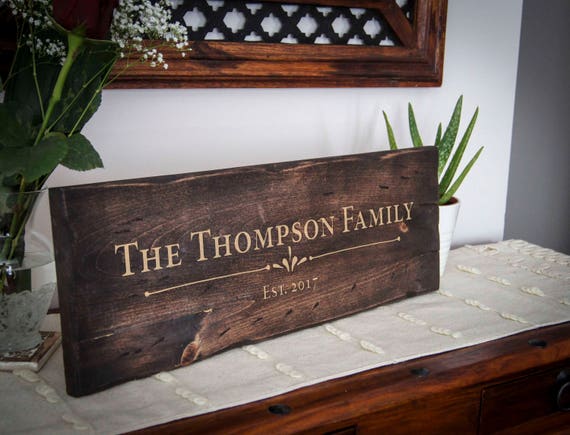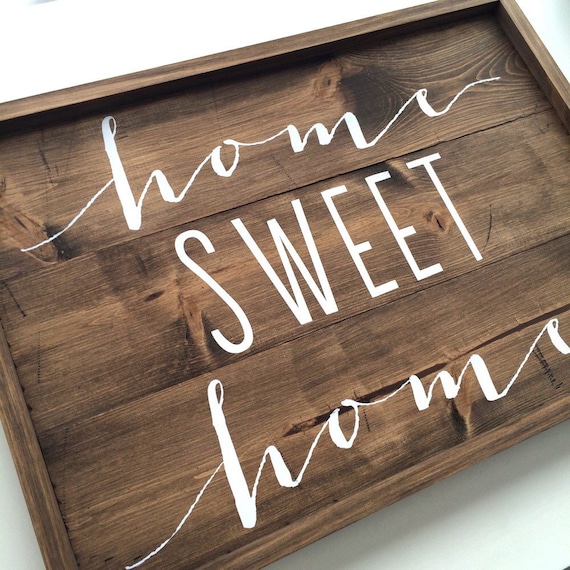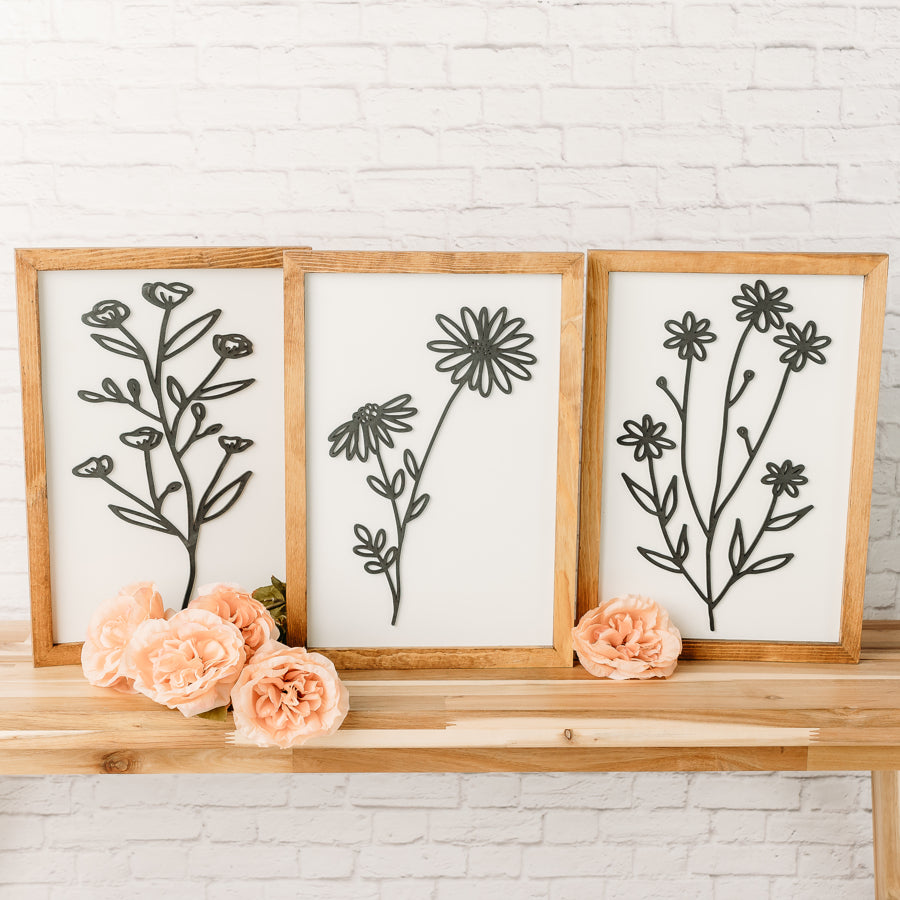Have you ever walked into a home and felt an instant connection to its decor? One of the elements that often creates that inviting atmosphere is the use of decorative wood signs. These charming additions bring warmth, personality, and a unique character to any space. In this article, we will explore everything you need to know about decorative wood signs, from their history and types to design ideas and care tips.
Table of Contents
- 1. A Brief History of Decorative Wood Signs
- 2. Types of Decorative Wood Signs
- 3. Design Ideas for Your Decorative Wood Signs
- 4. Pros and Cons of Decorative Wood Signs
- 5. Caring for Your Decorative Wood Signs
- 6. Comparison of Popular Wood Sign Materials
- 7. FAQs about Decorative Wood Signs
- 8. Conclusion
1. A Brief History of Decorative Wood Signs
Wood signs have been an integral part of human culture for centuries. Historically, they were used for practical purposes, such as marking businesses or guiding travelers. Over time, they evolved into decorative pieces that reflect personal style and taste. My personal experience with wood signs started in my childhood when my parents had a sign in our family cabin. It simply read, “Welcome,” and despite its simplicity, it always made guests feel at home.
2. Types of Decorative Wood Signs
When it comes to decorative wood signs, the options are nearly limitless. Here are some popular types:
2.1 Custom Wood Signs
One of the most appealing aspects of decorative wood signs is the ability to customize them. You can choose the dimensions, text, font, and even the wood type. Custom signs can commemorate special occasions, display family names, or share favorite quotes.

2.2 Handmade Wood Signs
Handmade signs carry a unique charm and character that mass-produced items lack. Each piece tells a story, often reflecting the artisan’s creativity and craftsmanship. I remember visiting a local craft fair where I found a handmade sign that said, “Home Sweet Home.” It added warmth to my living room and sparked many lovely conversations.
2.3 Rustic Wood Signs
Rustic wood signs are popular for their natural and vintage appeal. Often featuring distressed finishes and earthy colors, they fit perfectly in cabins, farmhouses, or any home wanting a cozy, countryside feel.

2.4 Framed Wood Signs
Framed wood signs combine the beauty of wood with the elegance of a frame, making them ideal for more formal decor. They often feature intricate designs and can serve as statement pieces in your home.
3. Design Ideas for Your Decorative Wood Signs
The design of your wood sign can greatly influence the overall aesthetic of your space. Here are some creative ideas to consider:

3.1 Monogram Signs
Monogram signs personalize your space beautifully. Whether it’s your family name or initials, they can be a stunning focal point in an entryway.
3.2 Inspirational Quotes
Quotes that inspire you can serve as daily reminders of positivity. Place them in areas like the kitchen or home office to keep your spirits high.

3.3 Seasonal Decor
Change your wood signs with the seasons! Use autumn-themed designs like pumpkins or winter holiday motifs to keep your home feeling fresh and festive.
3.4 Directional Signs
Directional signs can add a whimsical touch, especially in outdoor spaces. An example could be a sign pointing to various places like “Beach,” “Pool,” or “BBQ area.”

4. Pros and Cons of Decorative Wood Signs
| Pros | Cons |
|---|---|
| Personalization options | Can be expensive for custom pieces |
| Variety of styles and designs | May require maintenance to prevent wear |
| Brings warmth and character | Not all woods are suitable for outdoor use |
| Easy to hang and display | Some materials can be heavy |
5. Caring for Your Decorative Wood Signs
Caring for your decorative wood signs ensures they last for years. Here are a few tips:

5.1 Regular Cleaning
Dust your signs regularly with a soft cloth to prevent dirt buildup. For deeper cleaning, use a damp cloth with mild soap, ensuring to dry thoroughly afterward.
5.2 Protecting from Moisture
If your sign is placed outdoors, consider applying a sealant to protect it from moisture and UV rays. This will help maintain its vibrant colors and finish.

5.3 Repairing Damage
In case of scratches or chips, wood fillers can be a great temporary solution. For more extensive damage, consider consulting a professional to restore your sign’s beauty.
6. Comparison of Popular Wood Sign Materials
| Material | Pros | Cons |
|---|---|---|
| Plywood | Affordable, lightweight | Less durable, can bow over time |
| Solid Wood | Durable, attractive grain | Heavier, more expensive |
| Composite Wood | Weather-resistant, versatile | Less natural appearance |
| Bamboo | Eco-friendly, unique look | Can be more expensive |
7. FAQs about Decorative Wood Signs
7.1 What wood is best for outdoor signs?
Cedar and redwood are excellent choices due to their natural resistance to decay and insects. Additionally, composite materials are also a great option for outdoor use.
7.2 How do I hang my wood sign?
You can use screws, nails, or wall brackets, depending on the weight of your sign. For heavier signs, consider using wall anchors for added support.
7.3 Can I personalize a wood sign?
Yes! Many artisans and online shops offer customization options, allowing you to create a sign that reflects your style and needs.
7.4 How do I prevent my wood sign from fading?
Applying a UV-protective sealant can help prevent fading from sunlight exposure. Additionally, placing the sign in shaded areas can also minimize fading.
8. Conclusion
Decorative wood signs are more than just home decor; they are a reflection of your personality, creativity, and values. From custom designs that celebrate special moments to rustic pieces that add charm, wood signs have a unique way of enhancing your living space. I hope this guide has inspired you to explore the world of decorative wood signs and perhaps even create one that resonates with you. Happy decorating!